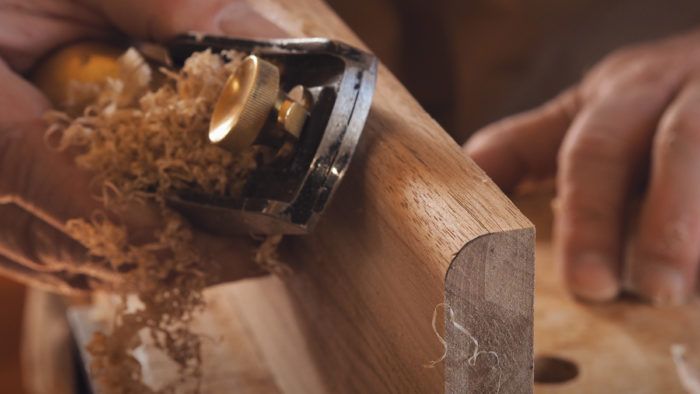
My uncle (and first boss), Christopher Ian Sands, was a master metalworker/woodworker and could match any color and finish flawlessly as an auto body finisher. I began finishing for him at age 11, spraying race cars. I’d spray a car, it would go out to the track, then it would come back, and I’d spray it all over again. Every week.
At some point it became time to further my education. I should have realized sooner than my first day at the University of Southampton to study romance languages that this wasn’t going to be my path in life. After that one day at Southampton Uni, I left to attend a trade school in my hometown of Manchester, England, studying furniture restoration and conservation. There, my professor was a master gilder and French polisher who had worked all over the world. One day we were chatting, and I learned that he had worked on restoring the Sistine Chapel. I commented, “Wow, that must have been an amazing experience,” only to get a sharp reply, “I worked on the floors. No one looks at the floor in the Sistine Chapel.” I never forgot that story or how to French polish.
Eventually, I learned about Fine Woodworking magazine, probably from one of those two mentors, and I’ve been turning to its pages ever since.
I recently re-read “From the Bench: The problem with passion” by the amazingly talented Nancy Hiller, which truly resonates with me. We all start our custom cabinet shops because we are “passionate” about building cabinets. However, the problem quickly becomes how does one person do all the things that need to happen for such a shop to succeed. We either wear all the hats—working seven days a week until 2 a.m., then back at 5 a.m. at the risk of our health and relationships—or we consciously collaborate and hire people to help. I chose the latter because I also realized that “doing what you love for a living demands that you cultivate a larger understanding of loving what you do.” So, I may not “build” as many cabinets these days as I used to, but I feel that building my company—a shop filled with talented, unique, and creative individuals who love their jobs and are actively involved in our community and want to learn and pass on this craft to the next generation—satisfies that desire. “Grappling with this work in the most existential ways has not resulted in me losing my passion, but in learning what a deeper form of passion entails.”
During my work week, I don’t find myself on the shop floor much anymore, and most of my time is spent firing off emails, organizing spreadsheets, and daydreaming about those long days of a massive pile of parts to be veneered and assembled. I have recently tried to get down to my bench a few times a week, even if it’s to sharpen a blade or make a cool jig someone else in the shop might appreciate. That leads me to the “Get Sharp Fast” article by Deneb from Lie-Nielsen. I mean, who better to take some sharpening advice from? Or maybe, like myself, you take a class at School of Woodworking or Maine Coast Workshop with Mike Pekovich or Andrew Hunter and keep your thirst satisfied while learning tips and tricks from the best around.
Suzanne Walton
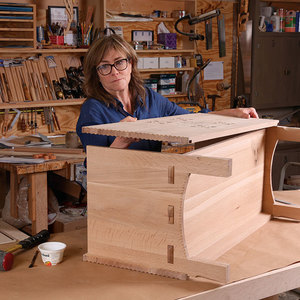 |
From the Bench: The problem with passionNancy Hiller will tell you, when you’re talking about having a passion for your work, it pays to know exactly what “passion” means. |
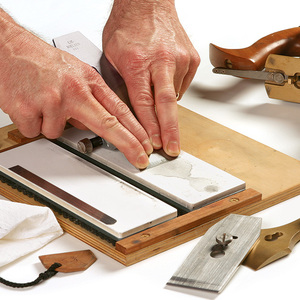 |
Get Sharp- FastLie-Nielsen’s sharpening expert shares a surefire method for getting a keen edge every time Deneb Puchalski |
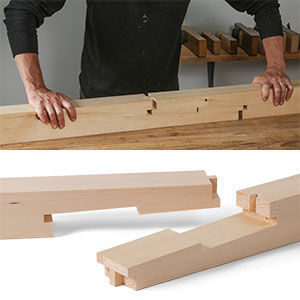 |
Get Started with Japanese JoineryAndrew Hunter demonstrates how to cut a scarf joint using hand tools Andrew Hunter |
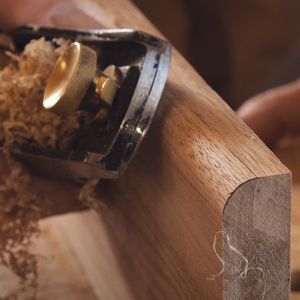 |
How to Round Over an Edge with a Block PlaneMike Pekovich demonstrates how he uses his block plane to create a simple roundover on an edge. Michael Pekovich |


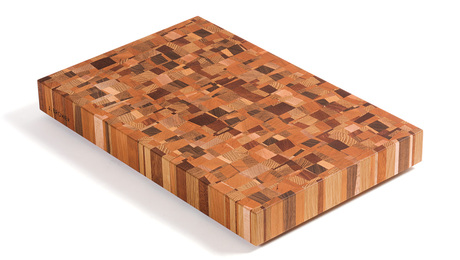
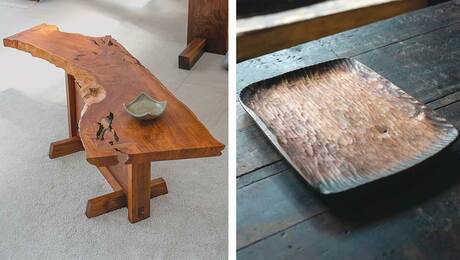
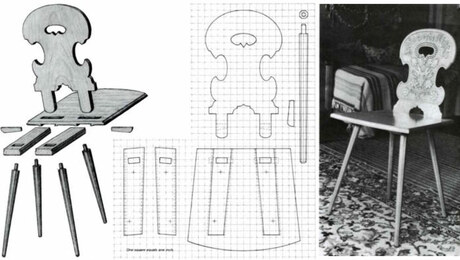
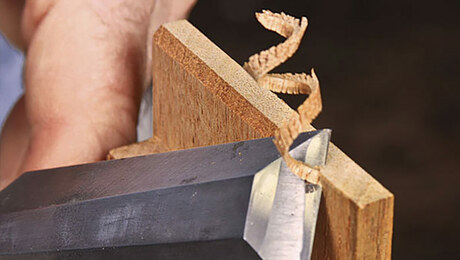

















Log in or create an account to post a comment.
Sign up Log in